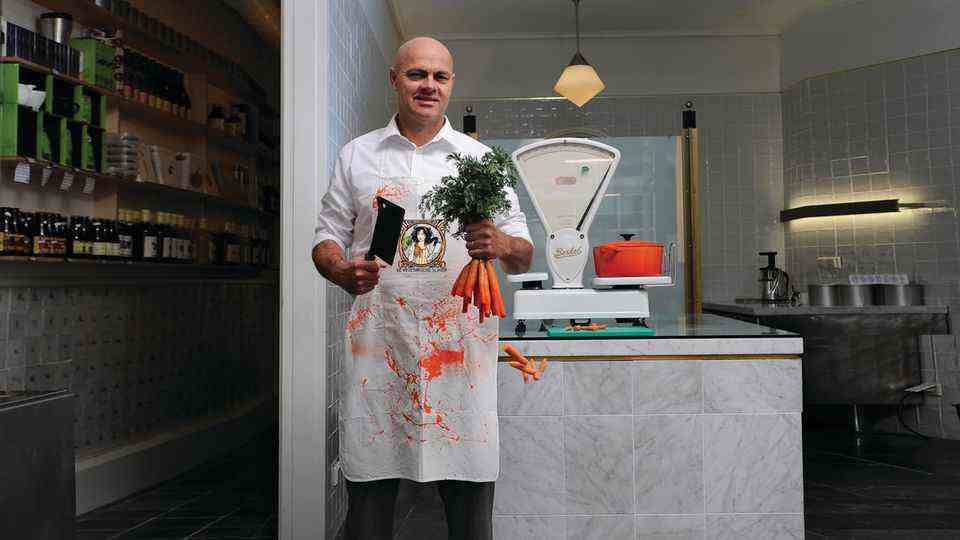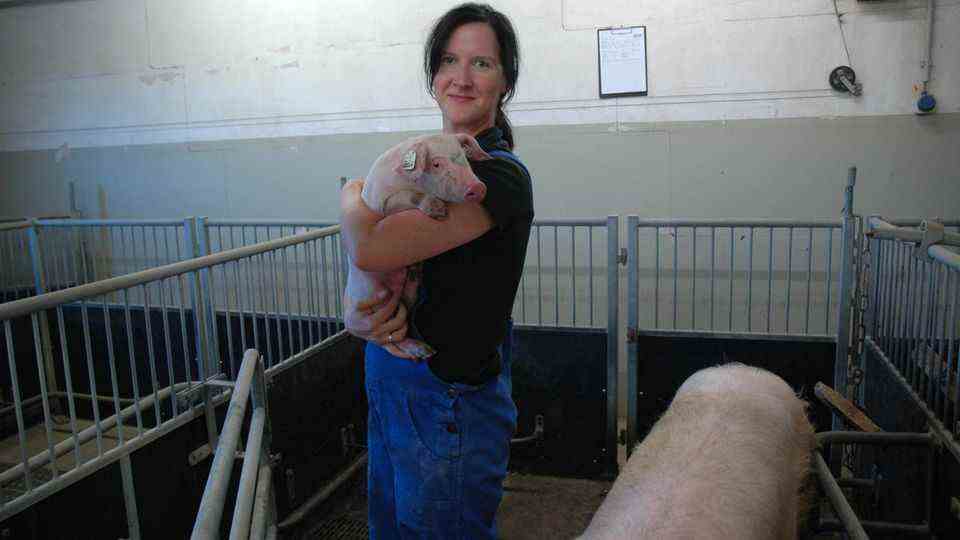food industry
Tricked and adulterated: What really is in our sausage
Would he still want the sausage if he knew what was in it?
© fotyma / Getty Images
Good sausage must not be cheap. If it is, then at the expense of quality. Because in order to be able to offer a low price, the food industry uses tricks where it can. We reveal what consumers should pay attention to.
Meat, ice water and spices, plenty of pickling salt and the sausage is ready. A simple recipe that works. However, the food industry is always tinkering, and not exclusively, as consumers might naively hope, to make the product better. No. As is so often the case, it’s money that drives manufacturers to creative peak performance. In order to save is stretched, adulterated, tricked. The ZDF program “5 fat tricks: Rügenwalder, Handl or yes!” reveals how.
The more expensive the ingredients, the more expensive the sausage is in the end. A solution from the industry is therefore not surprising and can be covered in one word: cheap meat. In this case, it is not the expensive meat from the “lucky” turkeys from the farm next door that is bought for the sausage, but from factory farming or even cheaper – from factory farming abroad.
Cheap meat from the other side of the world
Sausage from discounters can only be so cheap, the report concludes, “because the meat often comes from factory farming outside of Germany.” For example, the turkey meat in a cheap sausage from the discounter Netto comes from Chile. The meat has already traveled half the world before it is processed into sausages and is still cheaper than turkey from the local farmer.
Regional sausage manufacturers usually deliberately state transparently where the meat from the sausage comes from. But companies don’t have to. You can try trick 17, i.e. note a German place of manufacture on the packaging, even if the sausage was only packaged there. In other words, the place of manufacture says nothing about the origin of the meat.
The type of meat also plays a major role in the price. Particularly cheap: pork. This is exactly what is found in many products that you would not expect at first glance. For example, poultry salami may contain up to 20 percent pork.
The sausage makes a lot of water
But you can save not only on the meat itself, but also on the proportions of the ingredients. is rotated. The meat is unceremoniously stretched. Or better: watered down. So many manufacturers have arbitrarily changed the ratio of water and meat that limit values have been set. These can be found in the German Food Book. A good bratwurst, for example, has a water content of ten percent.
If it’s not water that’s being used in larger amounts, then it’s fat. Because visible fat frightens consumers, however, it is hidden – i.e. greatly reduced. The best example is the liver sausage. The following applies: the finer the sausage, the fatter it is.

Sausage manufacturers mix with additives
As you know, time is money. Food such as salami, which has to mature for a long time, is actually not cheap to produce. The food industry therefore turns the clock and does magic. Ripening cultures speed up the process. This not only ensures that the manufacturers can sell the sausage more cheaply, it is also at the expense of the taste. Consumers can use the rule of thumb “The cheaper the salami, the more sour it tastes” as a guide.
But the manufacturers of veggie sausages don’t have to use tricks, do they? well What many do not know: the alternatives consist largely of egg. Veggie sausage is not automatically produced “animal cruelty-free”. The conditions under which the eggs were laid are important. Tip: If the sausage product bears the green EU organic seal, the keeping conditions are better.
The broadcast “5 fat tricks: Rügenwalder, Handl or yes! That’s how the sausage industry works” is available in the ZDF media library.



